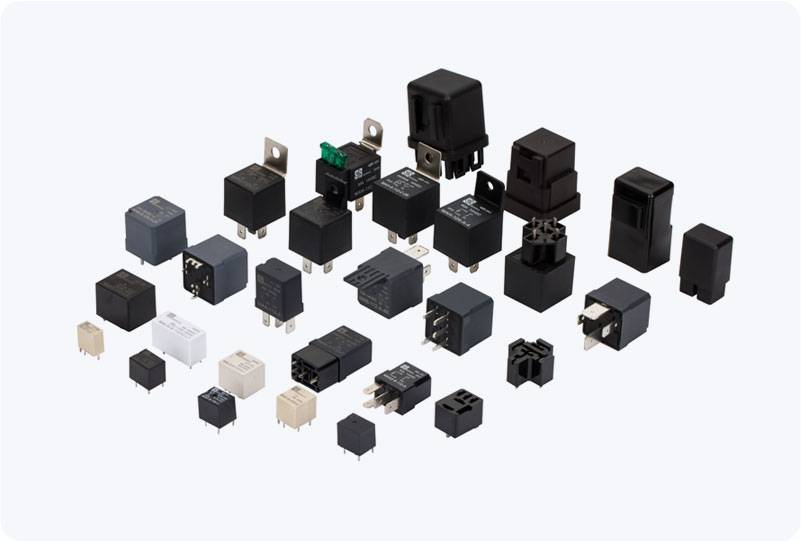Solid-State HV Relay, a pivotal component in high-voltage control systems, is revolutionizing the way electrical circuits are managed, offering enhanced reliability, speed, and precision. Unlike traditional electromechanical relays, solid-state high-voltage relays utilize semiconductor technology to operate without any moving parts. This key difference makes them highly suited for demanding applications in industries where performance, durability, and safety are paramount.

What is a Solid-State HV Relay? A Solid-State HV Relay (High Voltage Relay) is a type of relay used to control high-voltage electrical circuits with no physical contacts or mechanical components. Instead, it uses semiconductor devices like thyristors, MOSFETs, or IGBTs to switch electrical currents. These components are electronically controlled and can function without the wear-and-tear issues that mechanical parts encounter. In essence, these relays offer the same function as conventional relays but with improved performance in terms of reliability, speed, and longevity. How Solid-State HV Relays Work